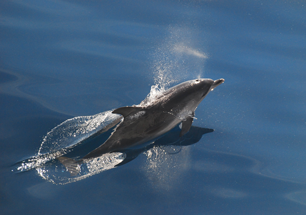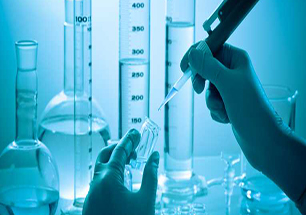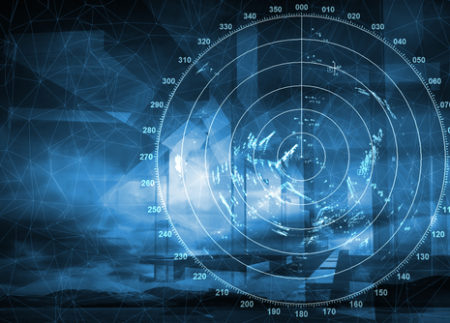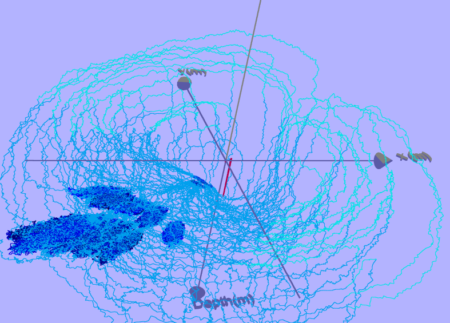KEY QUESTIONS
- Can industry estimate the effect of it operations on animals by visual or acoustic monitoring over time?
- Can acoustic monitors be designed that will meet the needs of industry to monitor animal populations for short or long-term operations?
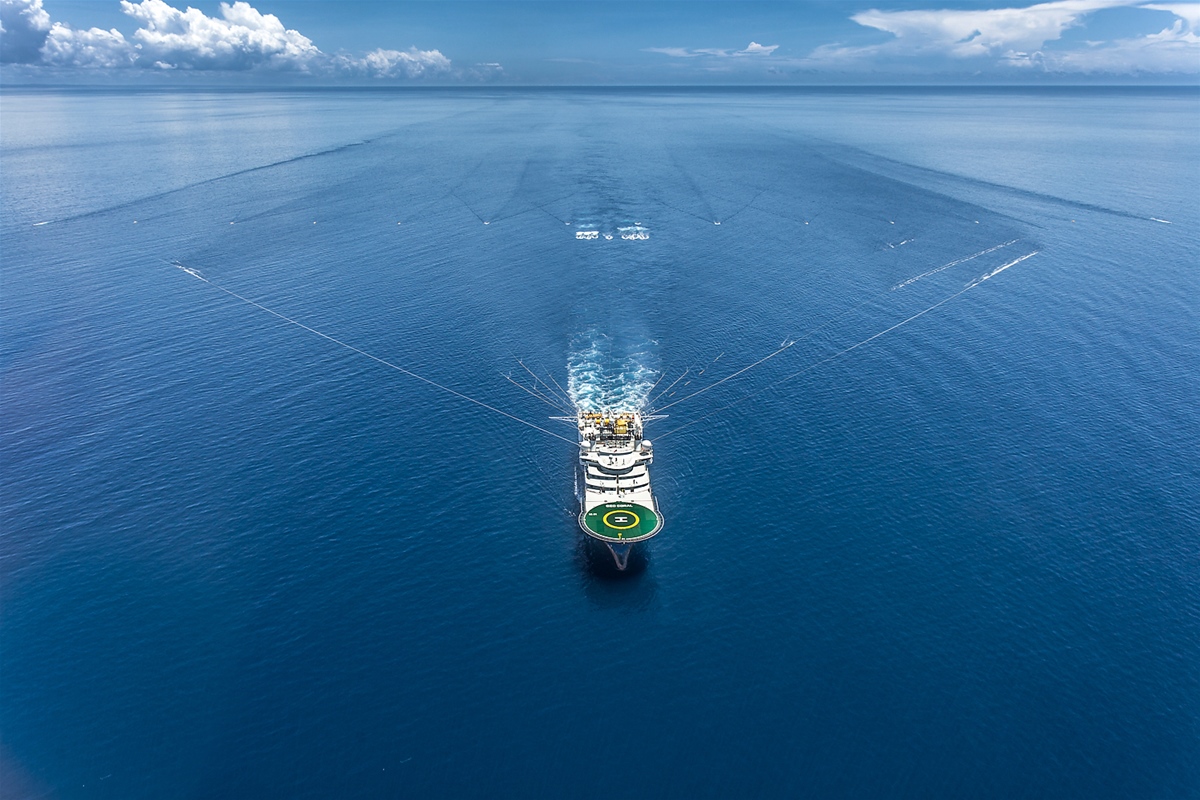
SUMMARY
The Programme has discussed methods for assessing the effect of industry operations on animals from initial exploration through production to eventual structure removal, a so-called Life-of-the-Field approach that may last decades. Fixed PAM systems are a likely technology for this approach. They can influence decisions during E&P operations, and when coupled with estimates of population density (see previous project summary) they can inform long term risk management plans and help reduce the risk of negative interactions with marine mammals. Current fixed PAM technology requires further development to provide an effective long term monitoring tool and therefore increase its usefulness to industry and the scientific community. Two projects relating to this development were funded. Project 1 (BioWaves) reviewed and assessed existing PAM detection equipment and methods of use. Project 2 (INSIG, Inc.) analyzed factors that affect the design of fixed passive systems in different marine environments.
Project 1 produced three comprehensive and scholarly reviews, each with an extensive bibliography. Report 1 discussed 30 autonomous systems, Report 2 reported 9 cabled and 6 radio-linked systems and their histories, and Report 3 discussed methods for automatic (computer) detection of calls, extracting call features, classifying calls to species and the software packages available for analysis. The benefits and limitations of each type of system are discussed.
Project 2 concluded that towed PAM is best during exploration, and that fixed PAM is best during drilling and production. In warm water areas, receivers should be fixed and bottom-mounted, and in cold (polar) water receivers should be fixed near the surface due to different refraction patterns. All the variables and tradeoffs that determine the number and spacing of receivers, the frequency ranges they cover, and the information needed (animal presence, location, tracking, population density, etc.) were discussed along with cost estimates for the various system designs.
Objectives and methods
Project 1, BioWaves:
- provide a review and inventory of the equipment available for autonomous, fixed cable, and radio-linked detection systems, plus the techniques and software available for automatically analysing the resultant large data sets.
- methods used included a thorough literature search, conference talks, a survey of PAM users and developers, and discussion with other experts.
Project 2, INSIG:
- discuss array designs for marine environments that industry typically encounters (warm and cold water areas) during the exploration, drilling, and production phases of a field.
- methods used were drawn from the contractor’s professional background experience.
Importance
The BioWaves report is an important tutorial on selecting equipment for a PAM system for marine mammal monitoring. No better guide exists. The INSIG report is a needed introduction to the complex decisions that must be made when matching a fixed PAM system to a particular marine environment, and to the user’s information needs. These projects provided important information toward the future development of Life-of-the-Field monitoring capabilities for industry.
Links to other research
Extensive marine mammal research using fixed PAM systems is being carried out at three U.S. Navy acoustic ranges; the AUTEC range, Andros Island the Bahamas, the SCORE range, San Clemente Island, California, and the PMRF range, Kauai Island Hawaii. Search for “D. Moretti beaked whales” for publications.
Project presentation given at Status and Applications of Acoustic Mitigation and Monitoring Systems for Marine Mammals Workshop, 17-19, 2009, Boston, MA (pages 158-194 in pdf link).
Institutions/PIs
- Project 1: BioWaves (Tom Norris)
